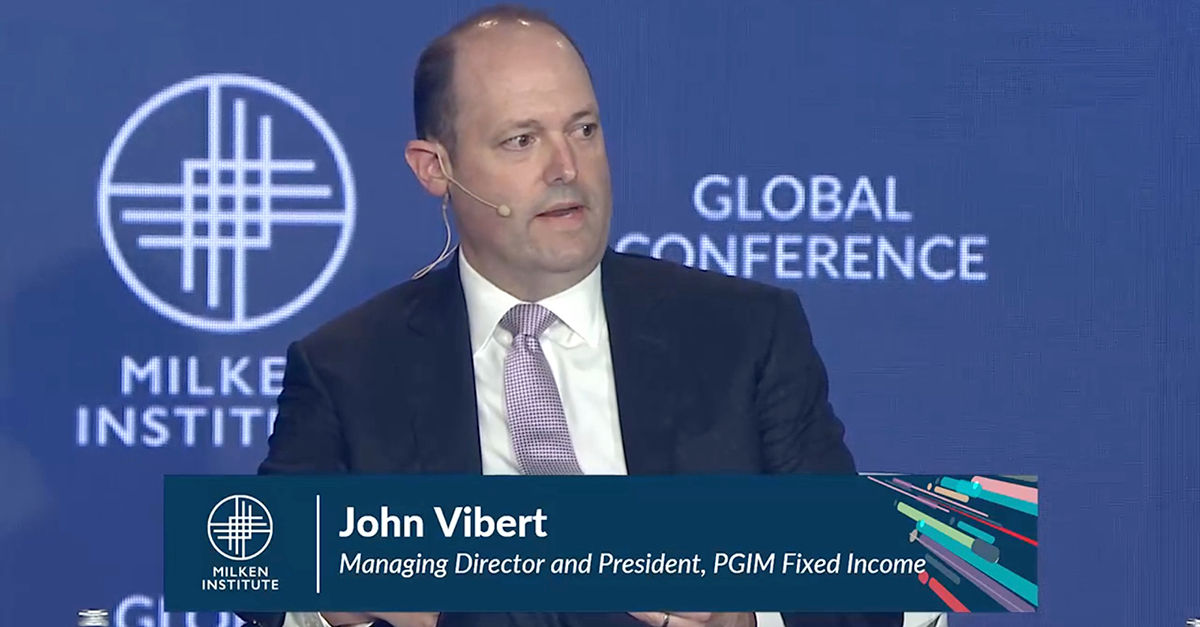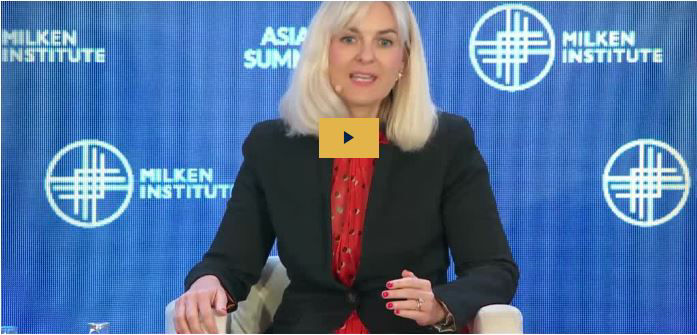As higher interest rates and the threat of increased capital reserve requirements add to the cost of lending for traditional banks, private debt has filled the gap, growing almost 250 percent in the last five years. For every leveraged buyout financed by broadly syndicated bank loans, there are four financed by private credit. While the cost of capital remains high for both borrowers and lenders, and young investment teams acclimate to unfamiliar territory, creative deal structures have reemerged to bolster access to capital. While refinancing debt, direct lenders and private equity sponsors have increased equity capital injections, and as dry powder to support existing portfolio companies has disappeared, deal teams have increasingly used payment-in-kind financing structures. The opportunity set is widening for investors and lenders. So, where do our seasoned panelists see the market headed? How can retail investors gain access to the exciting world of private credit? Importantly, what can we do to keep capital accessible and ensure continued growth?
-
1. Key Differentiators
-
2. Recovery Rates
Up Next
you may also like
-
The Private Credit PlaybookFeaturing Mathew Douglass, CEO and Senior Managing Director, PGIM Private Capital.
Read More
-
Evaluating Credit Market DislocationsJohn Vibert, Managing Director at PGIM Fixed Income discusses the credit markets during a panel discussion at the Milken Institute Global Conference.
Read More
-
Riding the Waves of Market Shakeups: Finding Opportunities in Asia and BeyondJessica Jones, PGIM Investments' Head of Asia, joins Milken's 2023 Asia Summit to discuss "Riding the Waves of Market Shakeups: Finding Opportunities in Asia."
Read More



